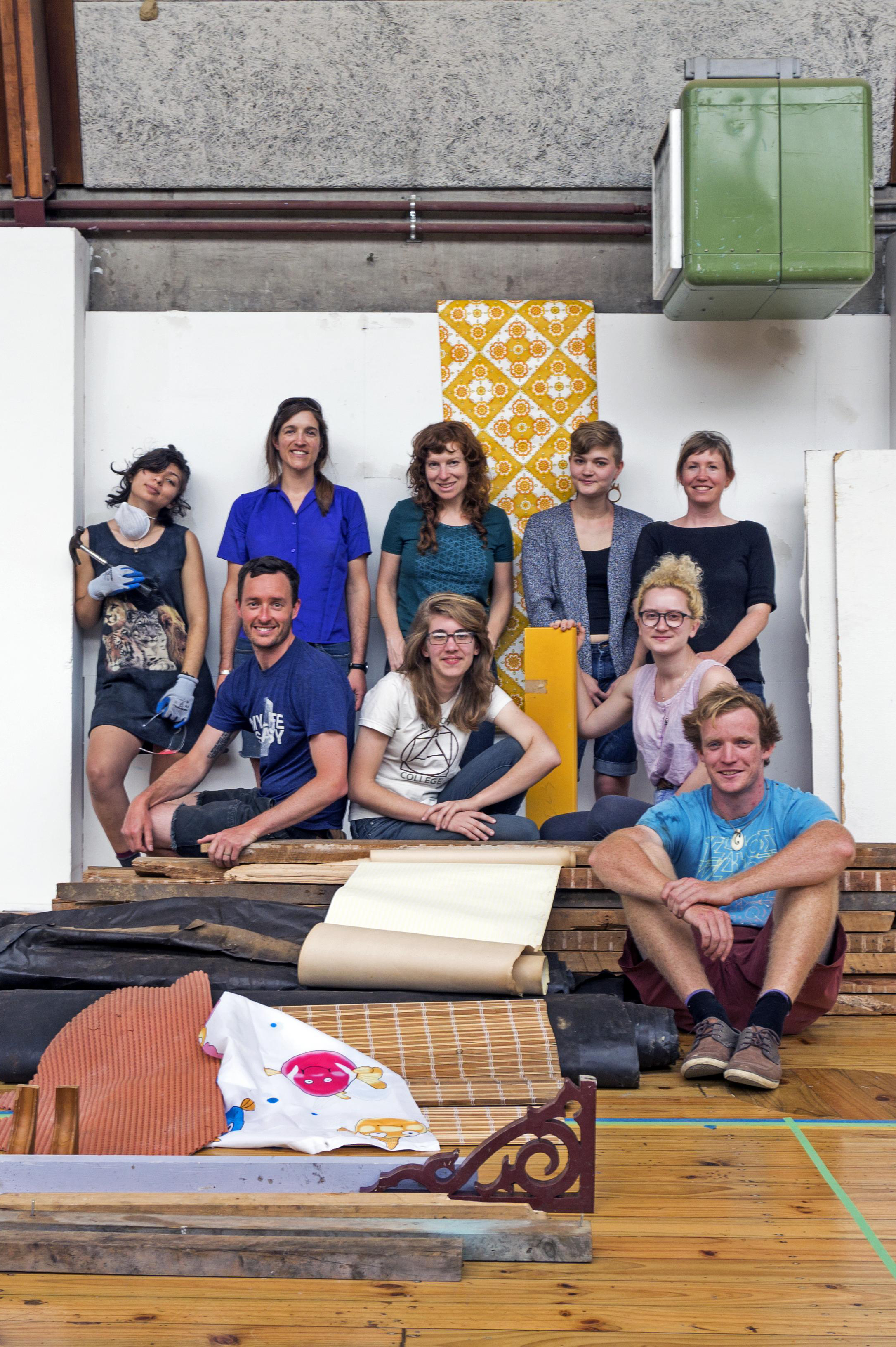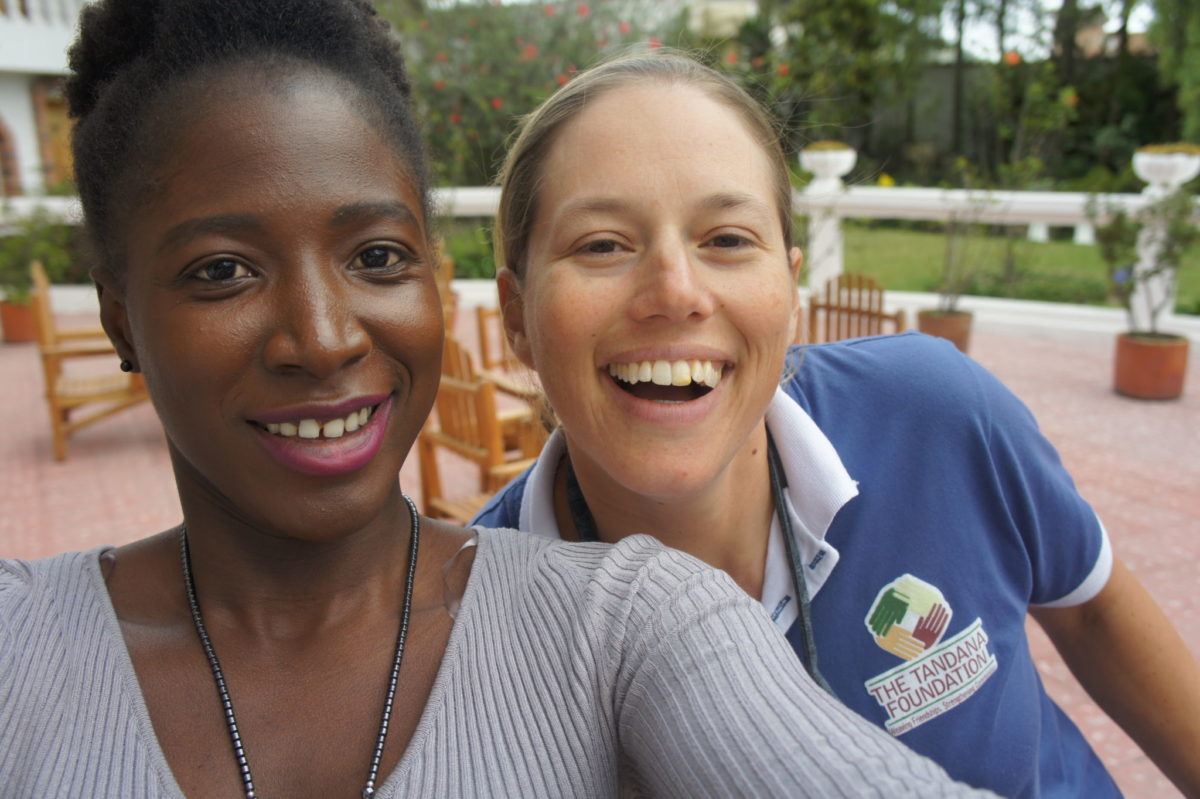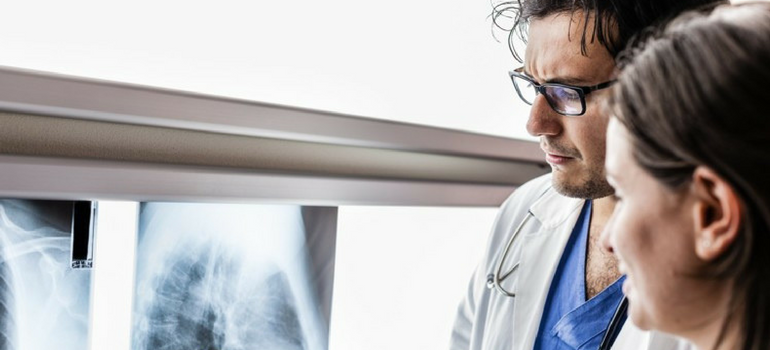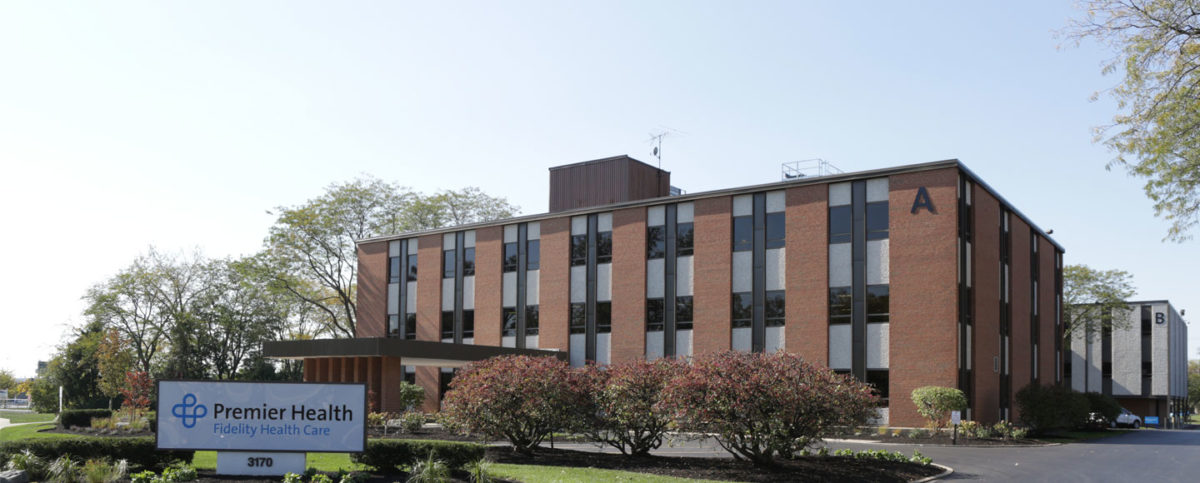This quarter, Selena Wilkinson ’17 and I are working for the Whole House Reuse project in Christchurch, New Zealand. Whole House Reuse, a project facilitated by Rekindle, aims to make visible the amount of waste occurring throughout the Canterbury region as buildings are demolished and rebuilt after Christchurch’s now-famous earthquakes of 2010 and 2011. How is Whole House Reuse making waste visible? The project’s goal is to transform an entire home–including not just its now-rare native New Zealand timbers but also its electrical fixings, carpeting and underlay, kitchen components, and everything else–in the post-earthquake “red zone” into functional objects, diverting these materials from landfill in a positive way.
Though earthquakes were once unusual on New Zealand’s South Island, Christchurch’s recent past is dotted with earthquakes varying in intensity, many of which are aftershocks of a September 2010 quake that resulted in the “strongest earthquake ground-shaking ever recorded in New Zealand.” [source] This September 2010 quake had a magnitude of 7.1–higher than the magnitude of the following quakes, but less destructive than the earthquakes to come as it struck at night when people were asleep and its epicenter was located outside of the city proper. The most destructive of the aftershocks was a February 2011 earthquake, which, with a magnitude of 6.3 and an epicenter within Christchurch’s southeastern suburbs, caused at least 181 deaths. Many smaller aftershocks followed this earthquake, including a notable June 2011 earthquake, but none as devastating as the February quake, which resulted in the later demolition of 70% the city center.
With 70% of the city center demolished and entire neighborhoods designated as “residential red zones” owned by the crown and deemed unsuitable for housing, the city’s future is a frequent topic of conversation. New housing is popping up everywhere, with few reminders of the past. With everything headed straight to landfill, this lack of visual memory–outside of the ever-present safety cone, of course–is easy to understand. However, even strategic reuse can still result in a loss of history and memory, and it’s crucial that we put in an effort to value materials and the life they once had when thinking about their future, in both Christchurch and Yellow Springs.
At Antioch, the rapid pace and transitions of academic and work quarters combined with the busy growth of the institution often leads to conversations where we’re all trying to figure out how things were done last year, or even last term. As we demolish decrepit buildings and rebuild the physical and institutional infrastructure of a college, it’s important that we take care to consider what we want our future to be. In the vein of both Whole House Reuse and the Mills Hall Project, we can endeavor to include the past in our visions of the future and use community history and memory not just for nostalgic value, but for understanding and solving the problems we face today. A big part of this is community building in the form of participatory research. As we consider which material to re-use and re-purpose, we can always make room for more perspectives–as I’ve learned at Whole House Reuse, people are often able to create something of value from material that, on the surface, seems to have no use left.






